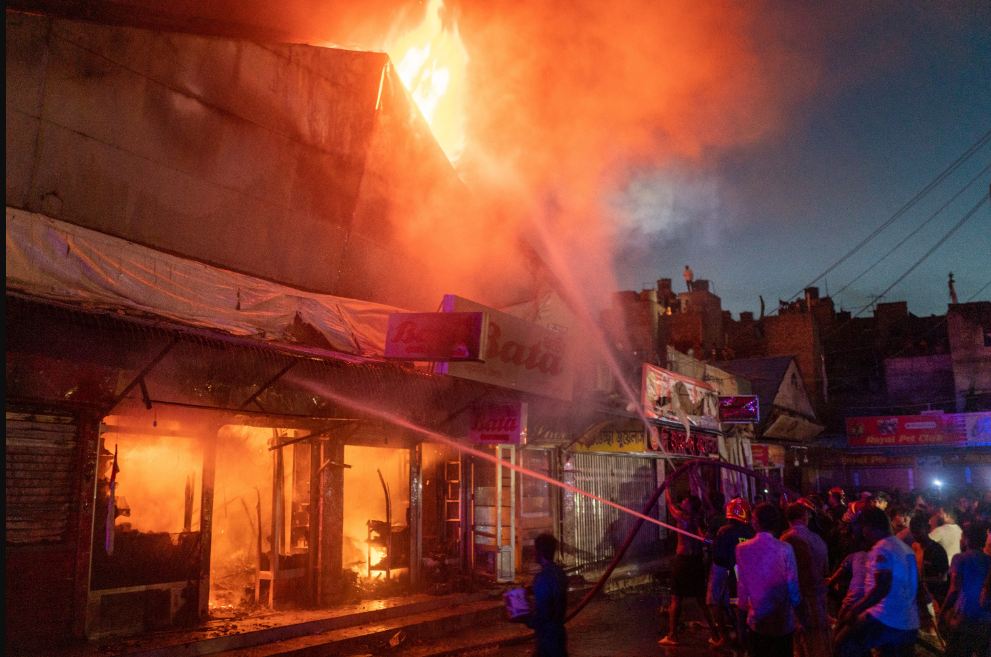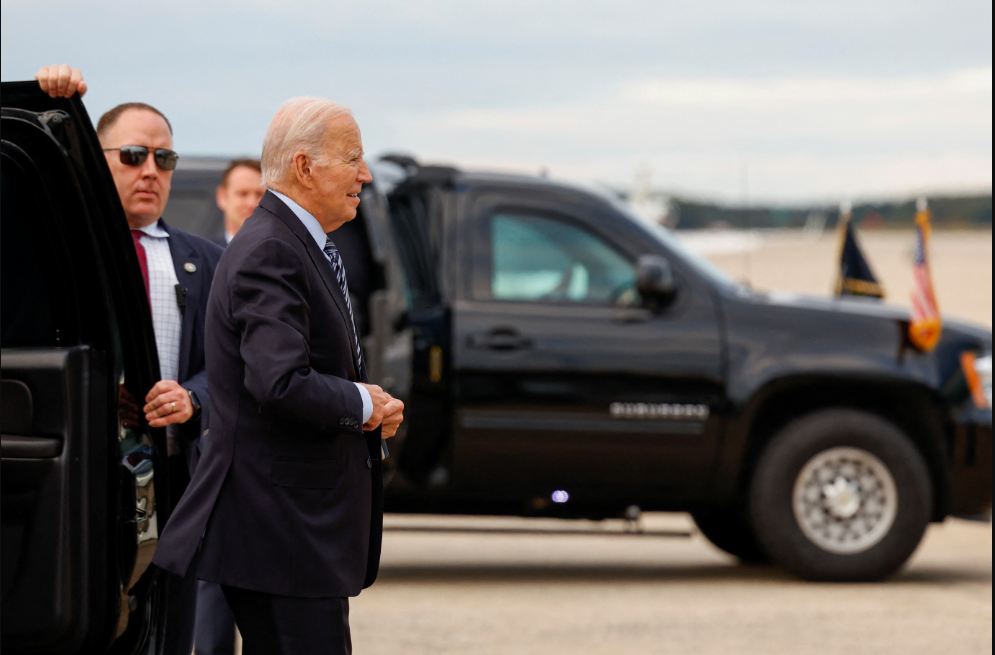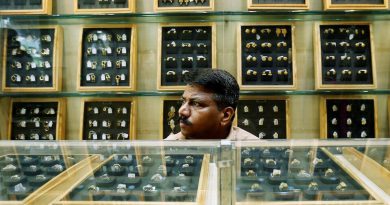The UN OHCHR’s Bangladesh Report: A Flawed Inquiry That Risks Politicizing Human Rights
Co-author Faiyaz Hossain
The OHCHR report attributes the most serious incidents, including mass shootings and organized attacks, to Sheikh Hasina’s command.
The OHCHR’s Fact-Finding Report on Bangladesh’s July–August 2024 protests arrived under the guise of impartial justice, yet beneath its lofty language lurks a narrative unmistakably tilted in favor of the July anarchists. Marketed as a breakthrough for human rights accountability, the report accuses the former Awami League government and its security agencies of widespread repression and arbitrary killings.
But a closer examination reveals a document that selectively amplifies certain voices, overlooks key actors, and compresses timelines in a way that seems designed to exonerate protestors while vilifying the state. Far from the neutral lens of international justice, this report reads more like a chronicle of grievances for one side, raising urgent questions about political bias masquerading as fact-finding.
Previous UN and OHCHR reports have faced significant criticism from various global actors. The US Senate and Congress have criticized these reports, highlighting concerns about the UN Human Rights Council’s credibility, with the US even withdrawing from the Universal Periodic Review process. Former Australian Prime Minister John Howard notably opposed UN declarations related to indigenous rights and showed skepticism toward some UN findings.
Scott Morrison also contested narratives about Australia’s climate and human rights issues at the UN, defending national achievements against criticism. UN Watch has criticized the OHCHR reports as biased and often based on selective and unverified data, with some allegations treating urban destruction as evidence of genocide. Despite the International Commission of Jurists declaring the 1971 Bangladesh war as genocide, the UN has not officially recognized it. It is time to question the investigators on their approach to findings.
A Methodology That Omits More Than It Reveals
The OHCHR report claims to have interviewed over 250 people and examined thousands of pieces of evidence, yet it provides almost no insight into how these sources were selected. Who were these witnesses? Were they victims, bystanders, or protest organizers? Crucially, the report does not include testimony from state actors, police command, the deployed army, or the accused political leadership. The omission is glaring: while protestors’ grievances are amplified in rich detail, state narratives are largely absent.
Transparency is critical in any fact-finding exercise, especially one accusing a government of “systematic abuse” (UNOG Newsroom, 12 Feb 2025). Yet the OHCHR provides no methodology annex, no criteria for witness selection, and no explanation for why key actors were excluded. The report’s timing—released under the interim Yunus government after Sheikh Hasina’s ouster—further complicates its claim to neutrality.
It reads less like an independent UN inquiry and more like a politically convenient document, quietly validating protestor claims while sidelining alternative accounts. The OHCHR factfinding team omitted interviewing the Chief of Bangladesh Army, key in forming the interim government post-August 5. Ignoring such sources questions the report’s credibility and methodology of sampling integrity.
The lack of oversight from an ethics committee for this research and the sampling anonymity of the fact-finding mission could have led to too many loopholes. It was risking the report to have significant methodological limitations to generate neutral findings.
Selective Storytelling: Elevating Protestors, Ignoring Contradictions
Throughout the report, protestors are depicted almost universally as innocent victims, while state forces are cast as unprovoked aggressors. This framing is reinforced by repeated references to “brutal, systematic repression” without adequately acknowledging the broader context of escalating violence, destruction of property, or attacks on law enforcement during the protests (UN Bangladesh, 12 Feb 2025).
Evidence that complicates the narrative is largely ignored. The report notes deaths and injuries among protestors but largely omits the fatal consequences suffered by police officers and civilians caught in the crossfire. Multiple sources, including local media investigations, highlight how some fatalities attributed to state violence actually resulted from protestor actions or unrelated incidents (AFP Fact Check, 14 Aug 2024; Prothom Alo, 2024).
Yet the OHCHR report repeatedly presents protestor casualties as a settled fact, while state casualties are minimized or absent. The report also failed to mention until the time Protesters were peaceful, there was no violence or repression from Government’s side.
The consequence is a one-sided story that exalts protestors’ suffering while rendering state actions inherently malicious. Such selective storytelling erodes the credibility of the report and undermines the very principle of impartial investigation.
The August 5 Timeline: Convenient Compression of Events
The OHCHR report attributes the most serious incidents, including mass shootings and organized attacks, to Sheikh Hasina’s command. Yet the timeline it presents raises serious doubts. Hasina left Bangladesh early on August 5, hours before many of the reported killings occurred. The report makes no attempt to distinguish between pre- and post-departure events, effectively compressing the timeline to assign maximum blame to the former government.
This approach conveniently shields protestors from scrutiny, while painting the state as singularly culpable. In reality, the situation on the ground involved a chaotic power vacuum, with multiple actors—including armed protest groups—engaging in violence. By neglecting to account for these dynamics, the report simplifies a complex scenario into a politically charged narrative favoring protestors.
Anonymity and Lack of Oversight
Unlike formal UN commissions, this report does not disclose the identities of its investigators or panel members. This lack of transparency raises serious questions about impartiality. Who selected the team? What qualifications or affiliations did they have? Could prior biases or political connections have influenced the findings?
When investigators operate in anonymity, the credibility of their conclusions suffers. In this case, the absence of oversight amplifies concerns that the report may have functioned more as a political tool than a neutral fact-finding exercise. The tilt toward protestors becomes even more conspicuous when viewed alongside selective sourcing and omitted perspectives.
Inflated Numbers and Uncorrected Errors
The OHCHR cites up to 1,400 deaths during the protests (UN Bangladesh, 12 Feb 2025), yet multiple investigations reveal serious discrepancies. AFP Fact Check (14 Aug 2024) confirmed that a Bengali newspaper’s original death toll of 201 was later revised to 193. Prothom Alo found numerous cases where accidental deaths or land dispute-related killings were falsely counted among “July martyrs” (Prothom Alo, 2024). The Business Standard reported cases of individuals presumed dead who later reappeared alive (The Business Standard, 2024).
Despite mounting evidence, the OHCHR made no effort to correct these figures. Inflated numbers serve the narrative of widespread state repression, reinforcing the portrayal of protestors as victims while ignoring inconvenient facts. In a credible fact-finding exercise, such discrepancies would necessitate correction—yet here, accuracy appears subordinate to political storytelling.
Overlooked Forensics and Contradictory Evidence
Several deaths attributed to state forces are questionable upon closer forensic examination. The report cites numerous fatalities caused by 7.62 mm ammunition, yet police insist they do not use this caliber (Prothom Alo, 2024). Other deaths occurred far from police presence or inside private homes, including the killings of children. While the OHCHR acknowledges these anomalies, it provides no independent forensic follow-up, no annex, and no detailed review of ballistic evidence.
This lack of rigorous verification strengthens the impression that the report prioritizes narrative over truth. By selectively presenting evidence that supports protestor claims while sidelining contradictory facts, the OHCHR risks transforming fact-finding into advocacy.
Weaponization of a Human Rights Report
Perhaps the most alarming outcome is how the report is being used. Despite its own disclaimer that findings “cannot themselves be used as a criminal charge” (The Daily Star, 12 Feb 2025), the report has already been cited in prosecutions against Sheikh Hasina. This effectively converts a flawed human rights document into a political weapon, legitimizing charges that might otherwise be challenged for lack of due process.
When a report meant to uphold justice becomes an instrument for political prosecution, the damage extends beyond Bangladesh. It undermines international human rights mechanisms, showing how moral language can be harnessed to serve partisan objectives rather than truth.
The Costs of Bias Toward Protestors
The OHCHR report’s bias toward protestors carries real consequences. By portraying protestors as universally innocent, it obscures the violent and destructive elements within the uprising, neglects state and civilian casualties, and inflates the scale of repression. Such skewed framing inflames polarization, diminishes accountability, and undermines public trust in both domestic and international justice systems.
Moreover, the report risks normalizing selective fact-finding in future crises. If protestor narratives are automatically elevated and state actors demonized, subsequent inquiries may repeat the same errors, leaving real victims—on all sides—without a voice. The OHCHR Report’s findings standard may lead to confirmation bias due to reliance on selective, unverified data, narrow timeframes, and predetermined narratives, undermining neutrality and comprehensive analysis.
Conclusion: Demand for Balanced Accountability
No one disputes the tragedy of the July–August 2024 protests. Innocent civilians were killed, and violations occurred. But justice cannot emerge from a report that elevates one side while marginalizing others. The OHCHR Fact-Finding Report, for all its moral rhetoric, reads as a politically convenient document favoring protestors, leaving fundamental questions of accuracy, context, and fairness unresolved.
Bangladesh—and the international community—must demand a genuinely impartial investigation. Such an inquiry would engage all parties, rigorously verify claims, and resist the temptation to craft a narrative that fits political convenience. Until then, the OHCHR report stands less as a testament to justice than as a cautionary example of how human rights language can be weaponized to serve partial agendas.
The OHCHR report reads like an exploratory discussion highlighting one side while completely ignoring the previous Government. It is time the UN call for a impartial judicial investigation with international oversight and documentations.
Disclaimer: Views expressed by writers in this section are their own and do not reflect Milli Chronicle’s point-of-view.



